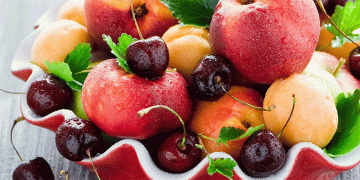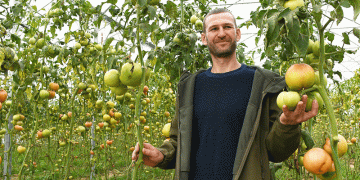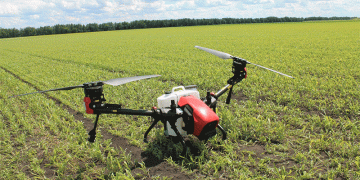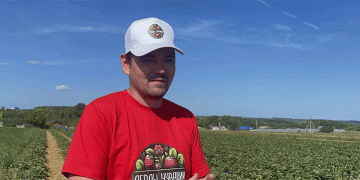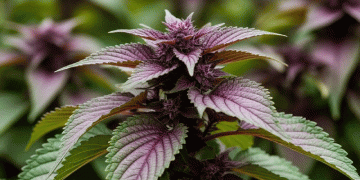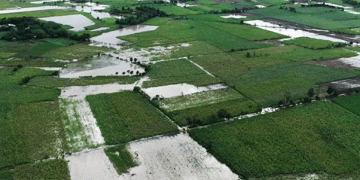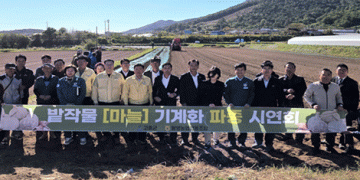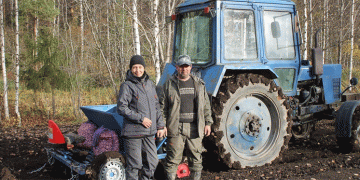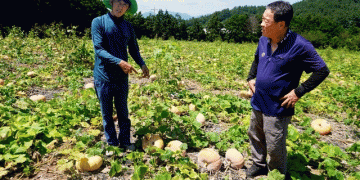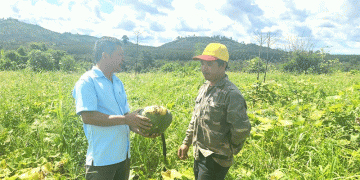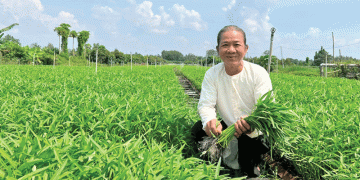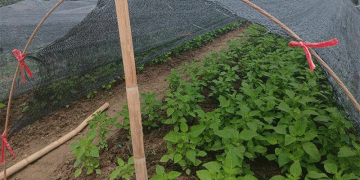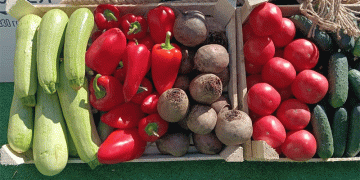Hungary’s peach orchards have been in steady decline since 2010, with the total cultivation area halving over the past 15 years (FruitVeB.hu). The 2025 season is shaping up to be one of the worst on record, with production forecasted at a mere 5,000–8,000 tons—just 20-30% of the previous year’s 26,000-ton yield—assuming no further extreme weather events.
Key Factors Behind the Collapse
- Devastating Spring Frosts
- In April 2025, 80-100% of peach orchards nationwide suffered frost damage, with Transdanubia seeing 50-60% losses.
- Early-flowering varieties (blooming April 5-10) were completely wiped out (100% loss), while only a few late-season varieties escaped major damage.
- Climate change has increased the frequency of spring frosts, making peach farming riskier and less predictable (European Journal of Agronomy, 2024).
- Shrinking Production Area
- Only 2,390 hectares remain in peach cultivation, down from nearly 5,000 hectares in 2010.
- Many farmers are abandoning peaches due to high labor demands (pruning, thinning, harvesting) and chronic labor shortages.
- Heavy Reliance on Imports
- Hungary already imports 10,000–15,000 tons of peaches annually, mostly from Greece, Italy, and Spain.
- With domestic supply collapsing, import dependency is expected to surge in 2025.
A Glimmer of Hope?
Some experts suggest that fruit size compensation could slightly improve yields, but this will not offset the massive losses. Meanwhile, the sector urgently needs:
- Frost-resistant varieties (research is ongoing but not yet widely adopted).
- Mechanization solutions to reduce labor dependency.
- Government support for affected farmers.
Can Hungary’s Peach Industry Survive?
The 2025 peach harvest will be a fraction of normal production, reinforcing a long-term decline driven by climate risks and labor issues. Without significant intervention—such as investment in resilient cultivars and automation—Hungary may become even more reliant on imported peaches, threatening the future of local growers.
